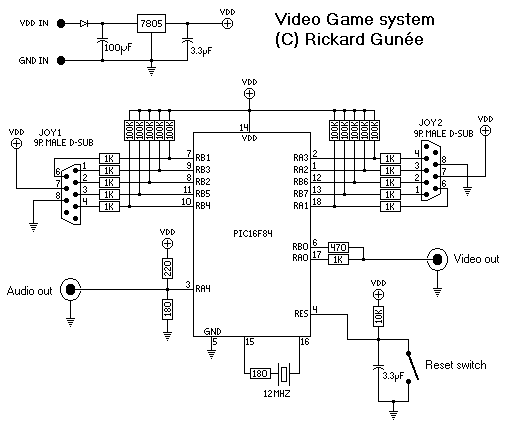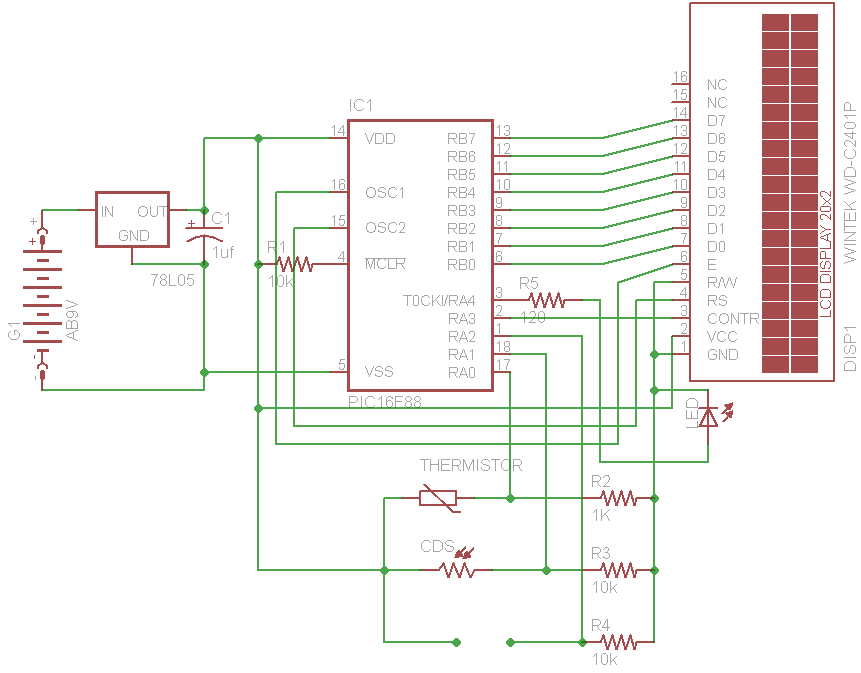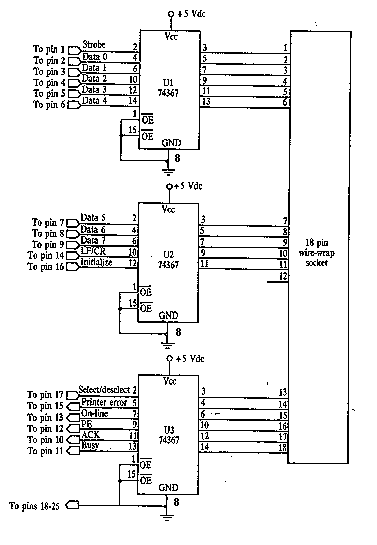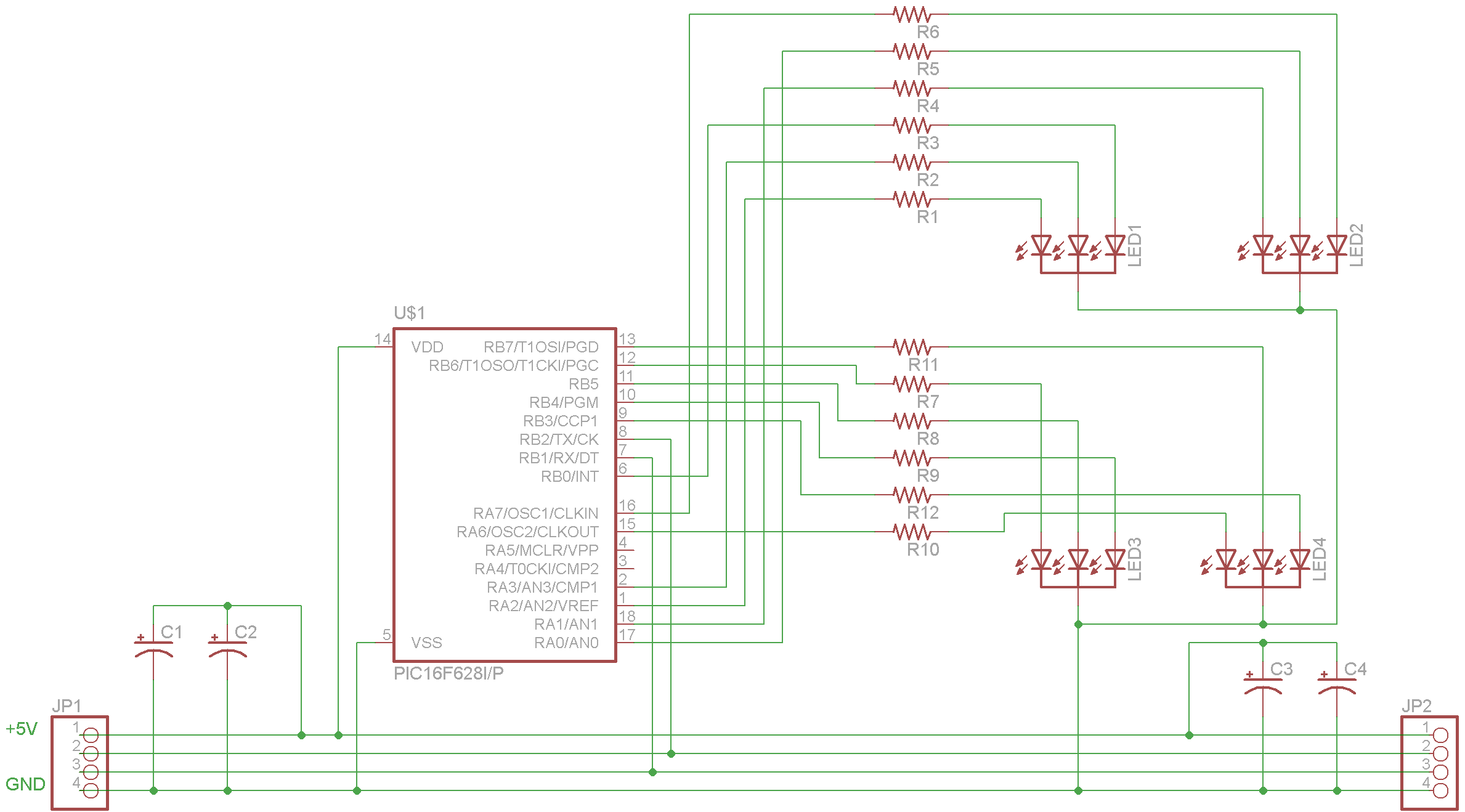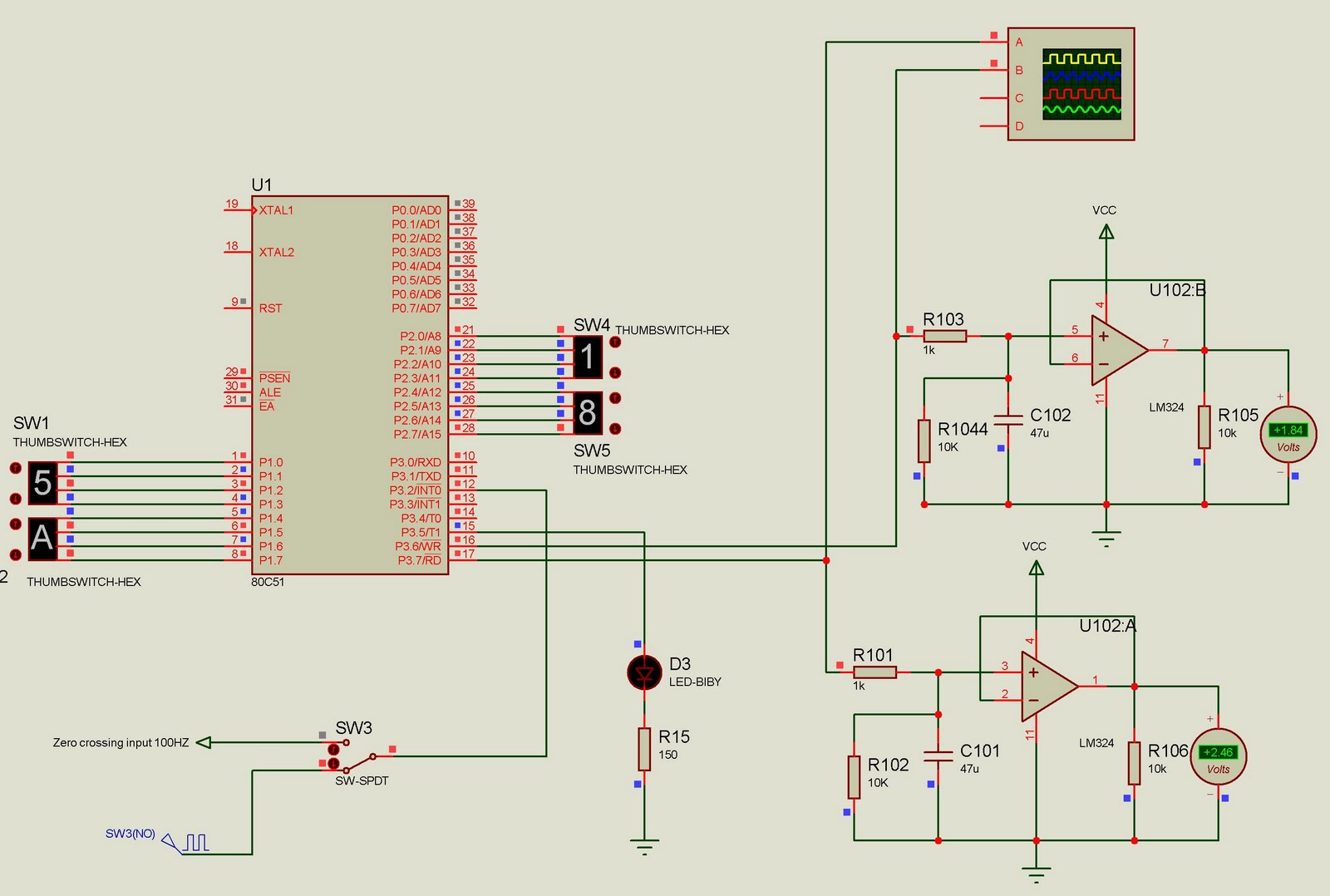
Interface a HD44780 Character LCD with a PIC Microcontroller
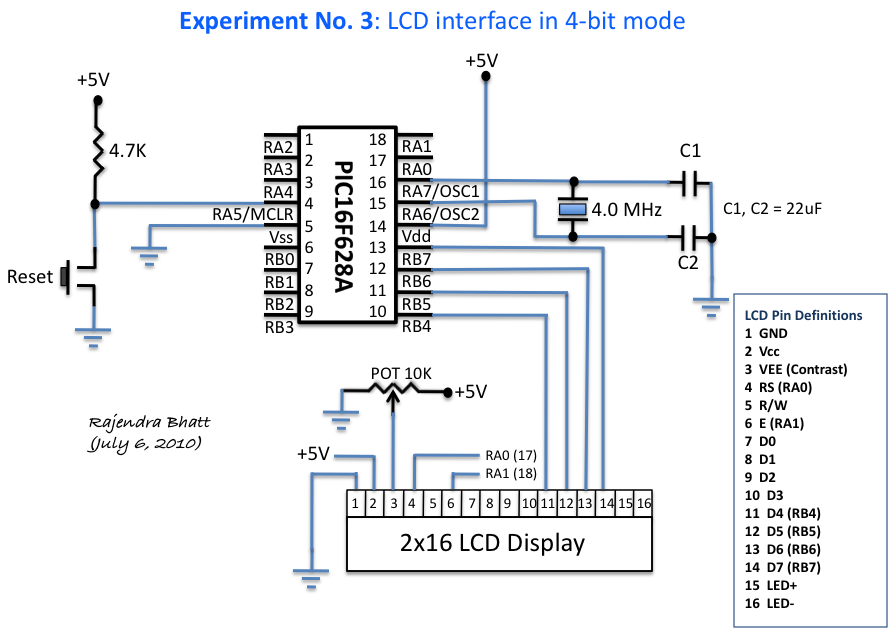
An HD44780 Character LCD is a liquid crystal display (LCD) device designed for interfacing with embedded systems. These screens are available in various configurations, including 8x1 (one row of eight characters), 16x2, and 20x4. The most commonly produced configuration is 40x4 characters, which requires two individually addressable HD44780 controllers, as a single HD44780 can only address up to 80 characters. These LCD screens are limited to text display and are frequently utilized in copiers, fax machines, laser printers, industrial test equipment, and networking equipment such as routers and storage devices. Character LCDs may be equipped with or without backlights, which can be LED, fluorescent, or electroluminescent. Character LCDs typically utilize a standard 14-pin interface, while those with backlights feature 16 pins. The pinouts are illustrated in the accompanying figure. Instructions will be provided on how to interface such an LCD with a PIC microcontroller (PIC16F628A). The programming for the PIC will be conducted using mikroC, a C compiler for PIC from mikroelektronika. The circuit diagram is included below.
The HD44780 Character LCD is a versatile component in embedded system applications, primarily due to its ease of use and wide availability. The LCD operates using a parallel interface, which allows for rapid data transfer between the microcontroller and the display. The standard 14-pin configuration includes essential connections such as VSS (ground), VDD (power supply), and VO (contrast adjustment), as well as data and control pins that facilitate communication.
For interfacing with a PIC microcontroller like the PIC16F628A, the data pins (D0 to D7) can be connected to the microcontroller's GPIO (General Purpose Input/Output) pins. Control signals such as RS (Register Select) and E (Enable) are also connected to the microcontroller. The RS pin determines whether the data being sent is command or character data, while the E pin is used to latch the data into the LCD.
The initialization sequence for the HD44780 LCD is crucial for proper operation. It involves setting the LCD to 8-bit mode, configuring the display settings (such as cursor visibility and display on/off), and clearing the display. The mikroC programming environment provides libraries and functions that simplify these tasks, allowing for efficient code development.
In applications requiring dynamic text updates, the LCD can be refreshed by sending new character data to the corresponding locations in the display memory. The backlight option enhances visibility in low-light conditions, making the LCD suitable for various environments. Overall, the HD44780 Character LCD remains a fundamental component in many electronic projects, providing reliable text display capabilities in a compact form factor.An HD44780 Character LCD is a liquid crystal display (LCD) display device designed for interfacing with embedded systems. These screens come in a variety of configurations including 8x1, which is one row of eight characters, 16x2, and 20x4.
The most commonly manufactured configuration is 40x4 characters, which requires two individually addressable HD44780 controllers with expansion chips as the HD44780 can only address up to 80 characters. These LCD screens are limited to text only and are often used in copiers, fax machines, laser printers, industrial test equipment, networking equipment such as routers and storage devices. Character LCDs can come with or without backlights, which may be LED, fluorescent, or electroluminescent.
Character LCDs use a standard 14-pin interface and those with backlights have 16 pins. The pinouts are shown in figure below. I am going to show you how to interface such a LCD to a PIC microcontroller (PIC16F628A). The programming for PIC will be done in mikroC (a C compiler for PIC from mikroelektronika). The circuit diagram is shown below: 🔗 External reference
The HD44780 Character LCD is a versatile component in embedded system applications, primarily due to its ease of use and wide availability. The LCD operates using a parallel interface, which allows for rapid data transfer between the microcontroller and the display. The standard 14-pin configuration includes essential connections such as VSS (ground), VDD (power supply), and VO (contrast adjustment), as well as data and control pins that facilitate communication.
For interfacing with a PIC microcontroller like the PIC16F628A, the data pins (D0 to D7) can be connected to the microcontroller's GPIO (General Purpose Input/Output) pins. Control signals such as RS (Register Select) and E (Enable) are also connected to the microcontroller. The RS pin determines whether the data being sent is command or character data, while the E pin is used to latch the data into the LCD.
The initialization sequence for the HD44780 LCD is crucial for proper operation. It involves setting the LCD to 8-bit mode, configuring the display settings (such as cursor visibility and display on/off), and clearing the display. The mikroC programming environment provides libraries and functions that simplify these tasks, allowing for efficient code development.
In applications requiring dynamic text updates, the LCD can be refreshed by sending new character data to the corresponding locations in the display memory. The backlight option enhances visibility in low-light conditions, making the LCD suitable for various environments. Overall, the HD44780 Character LCD remains a fundamental component in many electronic projects, providing reliable text display capabilities in a compact form factor.An HD44780 Character LCD is a liquid crystal display (LCD) display device designed for interfacing with embedded systems. These screens come in a variety of configurations including 8x1, which is one row of eight characters, 16x2, and 20x4.
The most commonly manufactured configuration is 40x4 characters, which requires two individually addressable HD44780 controllers with expansion chips as the HD44780 can only address up to 80 characters. These LCD screens are limited to text only and are often used in copiers, fax machines, laser printers, industrial test equipment, networking equipment such as routers and storage devices. Character LCDs can come with or without backlights, which may be LED, fluorescent, or electroluminescent.
Character LCDs use a standard 14-pin interface and those with backlights have 16 pins. The pinouts are shown in figure below. I am going to show you how to interface such a LCD to a PIC microcontroller (PIC16F628A). The programming for PIC will be done in mikroC (a C compiler for PIC from mikroelektronika). The circuit diagram is shown below: 🔗 External reference

